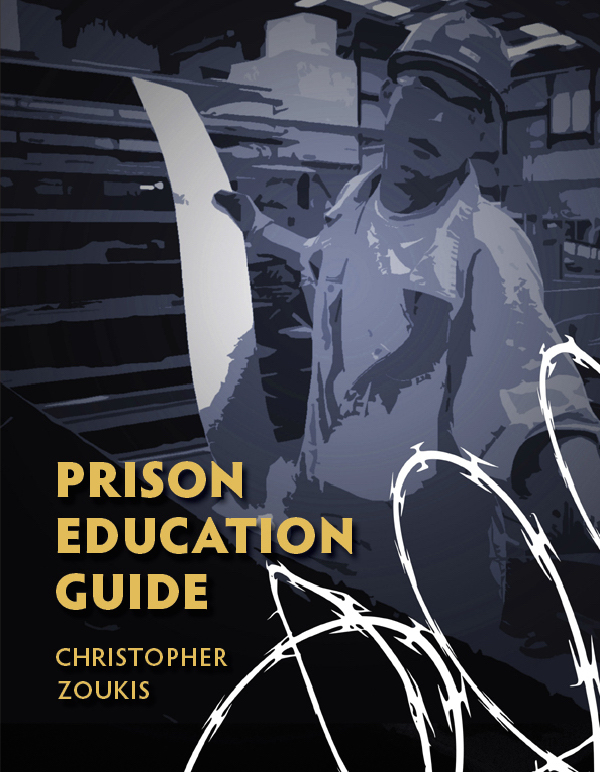Neuroscience and Criminal Cases
Perhaps the most famous case involving one’s mental state comes from England in 1843, where Daniel McNaughton was acquitted by reason of insanity for slaying the British prime minister’s secretary. The McNaughton rule has since been adopted throughout the U.K. and by half the states in the U.S., yet it was not until the 20th century that actual clinical diagnoses became widely recognized in the courtroom. Even so, many judges and juries have been reluctant to rely on psychological arguments. What has been lacking is a hard science of results that can be measured and reproduced.
Neuroscience is changing that.
Advances in technology have allowed researchers to begin mapping mental processes and deficits. A pivotal case in 1981 saw the attorneys for John Hinckley, Jr. convince a jury that their client was not culpable for shooting President Ronald Reagan, in part due to a CAT scan showing how Hinckley’s brain had atrophied. The four decades since have seen an explosion in the field’s reach, as neuroscientists can now identify reactions in the brain to experiences like love, pain, and failure.
The use of such technology in the courtroom has lagged behind its development, yet recent years have shown a steady rise in brain tests being introduced as evidence. The majority have been in civil cases where brain imaging (MRI) offer insight into the extent of a personal injury, but records of U.S. judicial opinions from 2005 to 2015 also show more than a 400 percent increase in the use of neuroscience to defend against criminal charges. This trend is only expected to continue as more judges and attorneys become aware of the technology’s applications.
After recent studies have exposed the repeated misuse and outright failure of several fields of forensic science, many justice system professionals hope neuroscience can provide a more reliable alternative. Evidence of any type seldom offers certainty, but brain imaging has shown promise in specific tasks.
A study at Stanford University, for example, had better than 90 percent accuracy in identifying if subjects were seeing photos taken from their point of view or someone else’s by monitoring blood flow in the brain. Owen Jones, a legal scholar at Vanderbilt University, notes that such tests “could have a lot of different legal implications,” like assessing the reliability of witness testimony.
Other applications include understanding mental functions linked to recidivism and determining the maturity of one’s brain. This latter concept, referred to as mental age, could have an impact on justice reform for juveniles and the sentencing of young adults, whose brains have not fully developed.
Colorado district court judge and neurolaw expert Morris B. Hoffman forecasts in a 2018 paper that breakthroughs in brain research should soon improve the ability to detect chronic pain and will be able to accurately identify mental age, memories, and lies in the coming decades. He does not believe, however, that neuroscience will ever overturn the notion of personal responsibility or lead to a complete comprehension of addiction.
Critics of neuroscientific evidence have voiced two main concerns. The first is that one’s state of mind when a crime is committed may not be reflected by brain imagery done after the fact. The second points out that studies of average mental functions are not necessarily applicable to that of a specific individual.
University of Pennsylvania scholar of law and psychiatry Stephen J. Morse says the determining factor in the use of neuroscientific evidence should be its legal relevance, yet he doubts whether studies of the brain will ever trump the existing law. In a courtroom, he notes, “if there is a disjunct between what the neuroscience shows and what the behavior shows, you’ve got to believe the behavior.”
As a digital subscriber to Criminal Legal News, you can access full text and downloads for this and other premium content.
Already a subscriber? Login





